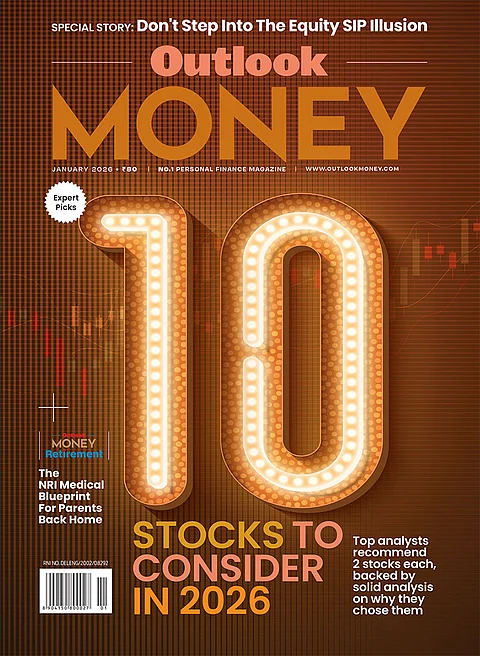Covid has compelled people across generations to start using online modes of transactions, but with the growing use of cards, apps and online payments, the number of online banking fraud cases doubled in 2020. Even as a lot of people enjoy the benefits of digital transaction, cyber fraud remains a pressing concern, especially for first-time users, which includes the elderly.
According to the latest data (2020) from the National Crime Records Bureau (NCRB), there were 2,093 cases of online fraud reported across India in 2019. But within just a year, it almost doubled to more than 4,000. Of all cybercrimes reported involving communication devices, cases of banking and financial fraud were more than one-third. The number of ATM and credit/debit card related fraud cases also went up. While the highest number of cases reported were for online banking transactions, the credit/debit card fraud cases, which were high even earlier, jumped the most.
What’s leading to the increase in online financial fraud? Experts say there is growing dependency on technology, which along with socio-cultural factors, is contributing to the increase. Unemployment has pushed many towards hacking and other unlawful activities such as developing malware, harmful phishing bots and Application Programming Interfaces (APIs) that lead to online fraud, says cybersecurity and digital transformation expert Charru Malhotra, coordinator, Centre of eGovernance, Indian Institute of Public Administration, New Delhi.
Moreover, with most people working from non-secure locations such as homes, where the firewalls and digital security features are not robust, online financial transactions are left particularly vulnerable.

How to avoid falling prey to online theft?
It’s not difficult. Following some simple steps will protect you from most online financial crimes.
1 Many of us use different devices for money transactions. So, log out of all accounts after completing any sort of transaction. This will add another hurdle for a thief to cross.
2 Do not install any random or unknown app or open any untrusted links on any device, advises Bivas Chatterjee, cyber law expert and special public prosecutor for cybercrime. Always check if the URL starts with ‘https’. Anything starting with ‘http’ should
be avoided.
3 There are many fake apps. Usually, their logos are slightly different and there will be very few subscribers. Read the user reviews before using any new or unknown app; some would have called out the fake app.
4 Check the recent published date and the update date. Fake apps usually have only the former. Also, check if the app is asking for unrelated information like access to camera. Be wary of giving access.
5 To delete a fake app, uninstall it from ‘Settings’ and not just ‘bin’ it. Next, restart your mobile phone.
6 Like fake apps, there are fake hosting sites that appear at the top of search engines. Opening such links is dangerous as they appear just like real websites and can steal information from your device. “Refer to official links, rather than visiting random links appearing on search results,” says Chatterjee.
7 Install a strong anti-virus software on all devices, be it a mobile phone, tablet, laptop or desktop.
8 Don’t transact using public WiFi systems; use only password-protected and secure connections.
9 All banks repeatedly advise customers to never share OTPs and other banking details such as card numbers or CVV with anyone, even a bank executive. Follow this advice yourself and explain to new users or elderly family members, who may not be internet savvy.
10 If you notice suspicious activity, immediately report it to the bank, card issuer or the payment platform. Report the app to the playstore.
pushpita@outlookindia.com







